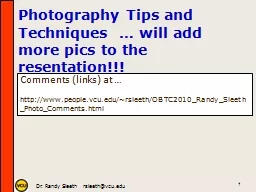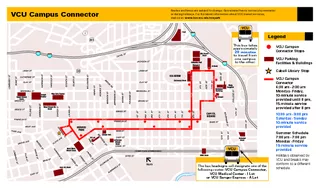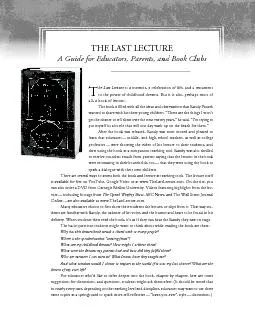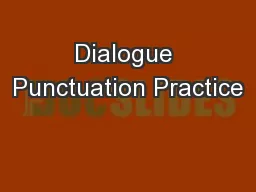PPT-Dr. Randy Sleeth rsleeth@vcu.edu
Author : marina-yarberry | Published Date : 2017-08-04
1 Comments links at httpwwwpeoplevcuedursleethOBTC2010RandySleethPhotoCommentshtml Photography Tips and Techniques will add more pics to the resentation
Presentation Embed Code
Download Presentation
Download Presentation The PPT/PDF document "Dr. Randy Sleeth rsleeth@vcu.edu" is the property of its rightful owner. Permission is granted to download and print the materials on this website for personal, non-commercial use only, and to display it on your personal computer provided you do not modify the materials and that you retain all copyright notices contained in the materials. By downloading content from our website, you accept the terms of this agreement.
Dr. Randy Sleeth rsleeth@vcu.edu: Transcript
Download Rules Of Document
"Dr. Randy Sleeth rsleeth@vcu.edu"The content belongs to its owner. You may download and print it for personal use, without modification, and keep all copyright notices. By downloading, you agree to these terms.
Related Documents














